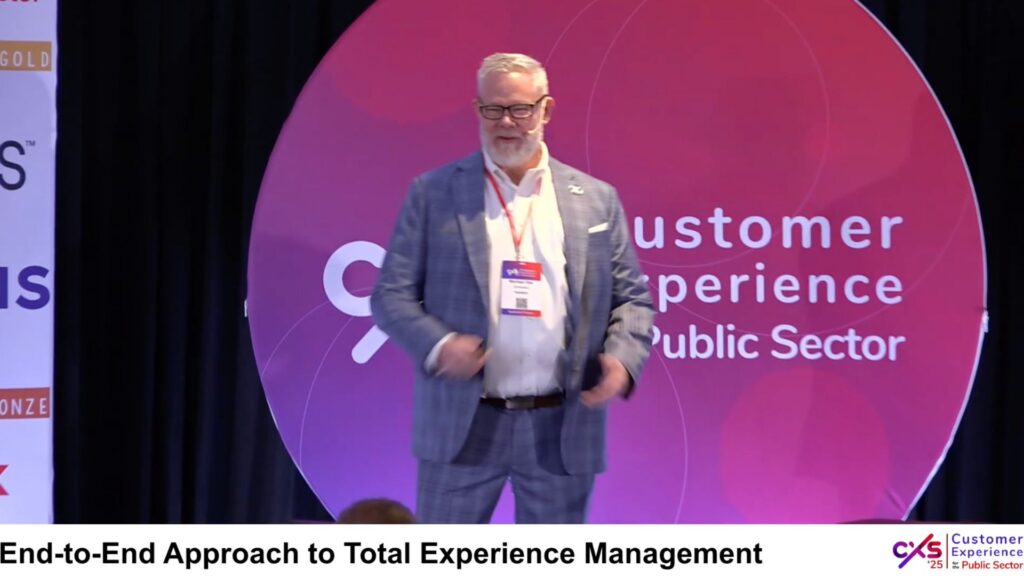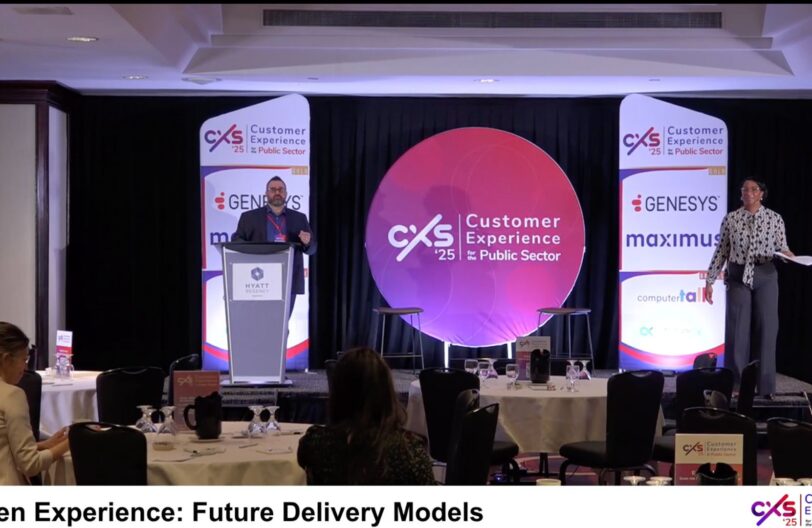In today’s digital landscape, government contact centers must evolve from traditional service models to innovative, citizen-centric platforms. Here’s a comprehensive roadmap to transform your public sector contact center:
Step 1: Embrace Omnichannel Integration
Develop a unified platform that seamlessly connects voice, video, web chat, mobile, and kiosk interactions. Ensure consistent experience across all channels.
Step 2: Implement Advanced Knowledge Management
Create a dynamic, AI-powered knowledge base that can be updated in real-time, providing agents with instant, accurate information for faster problem resolution.
Step 3: Leverage AI and Sentiment Analysis Utilize artificial intelligence to:
- Predict citizen needs
- Analyze call sentiment
- Identify potential high-risk interactions
- Provide real-time coaching for agents
Step 4: Design Flexible Technology Ecosystems
Build a modular platform that allows easy integration and replacement of technologies, avoiding vendor lock-in and enabling continuous innovation.
Step 5: Prioritize Employee Experience Invest in tools that:
- Reduce agent frustration
- Provide comprehensive training
- Offer real-time performance feedback
- Create supportive work environments
Step 6: Implement Comprehensive Quality Assurance
Use AI to conduct 100% call quality reviews, identifying improvement opportunities and training needs across the entire contact center.
Step 7: Develop Predictive Workforce Management Use advanced analytics to:
- Optimize staffing levels
- Match agent skills to specific interaction types
- Forecast peak service times
- Create dynamic scheduling
Step 8: Create Digital Twin Capabilities Simulate call scenarios for:
- Agent training
- Process optimization
- Staffing model testing
- Performance prediction
Step 9: Establish Continuous Feedback Loops Design mechanisms to:
- Capture citizen feedback
- Quickly implement service improvements
- Track key performance indicators
- Demonstrate ongoing value
Step 10: Focus on Citizen-Centric Innovation
Always center technological improvements around actual citizen needs, using data-driven insights to guide transformation efforts. Conclusion: Building a next-generation contact center isn’t about technology alone—it’s about creating meaningful, efficient, and empathetic interactions that truly serve citizens.
By following these steps, public sector organizations can transform their contact centers from transactional service points to strategic, innovative platforms that enhance citizen satisfaction and operational efficiency.
This blog post is based on the 2025 CXPS Summit session featuring Michael Oss of Maximus





